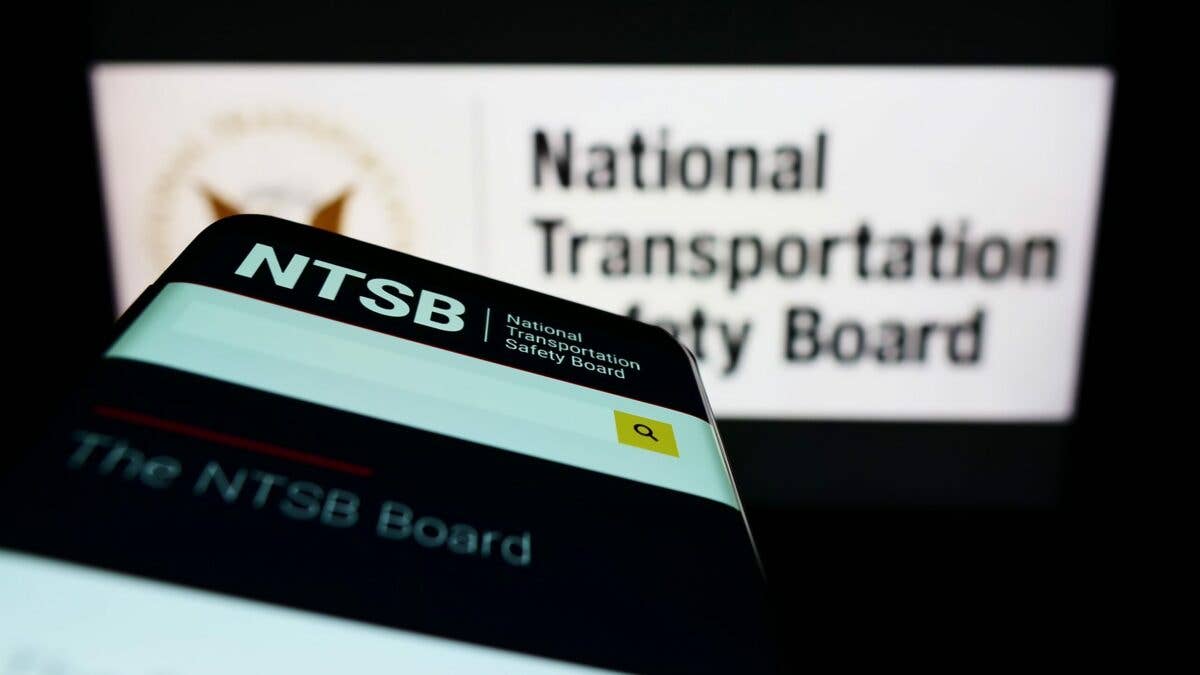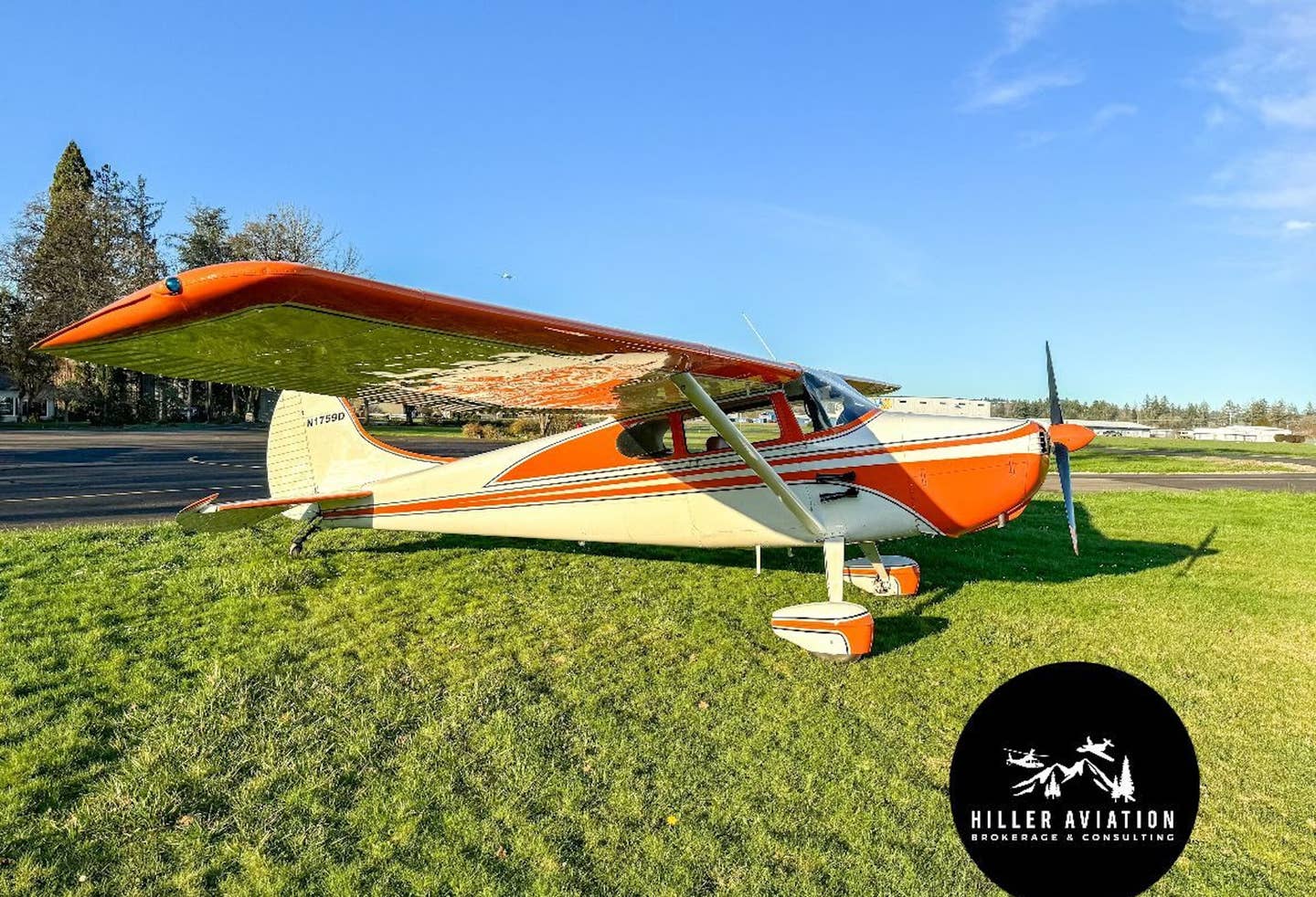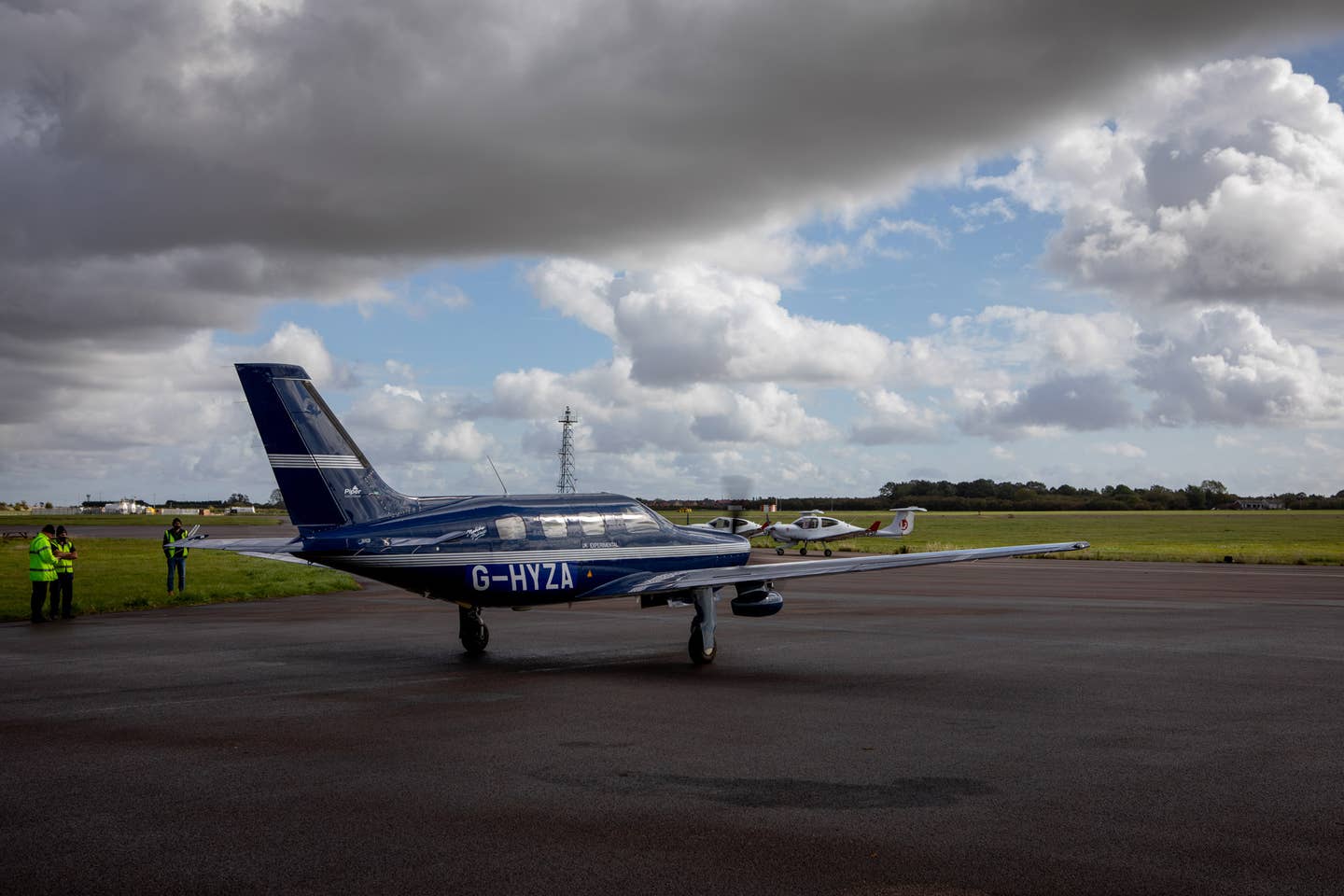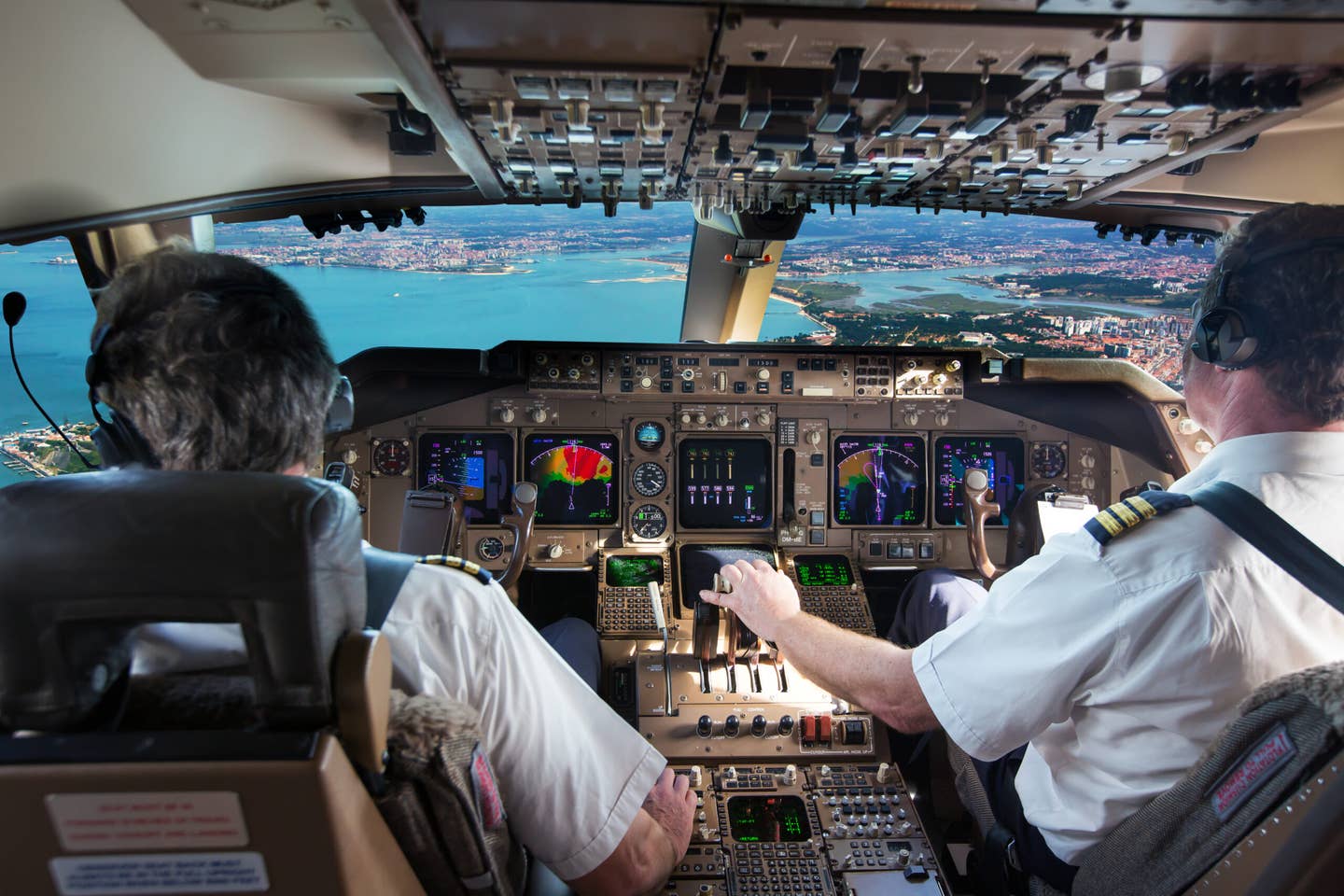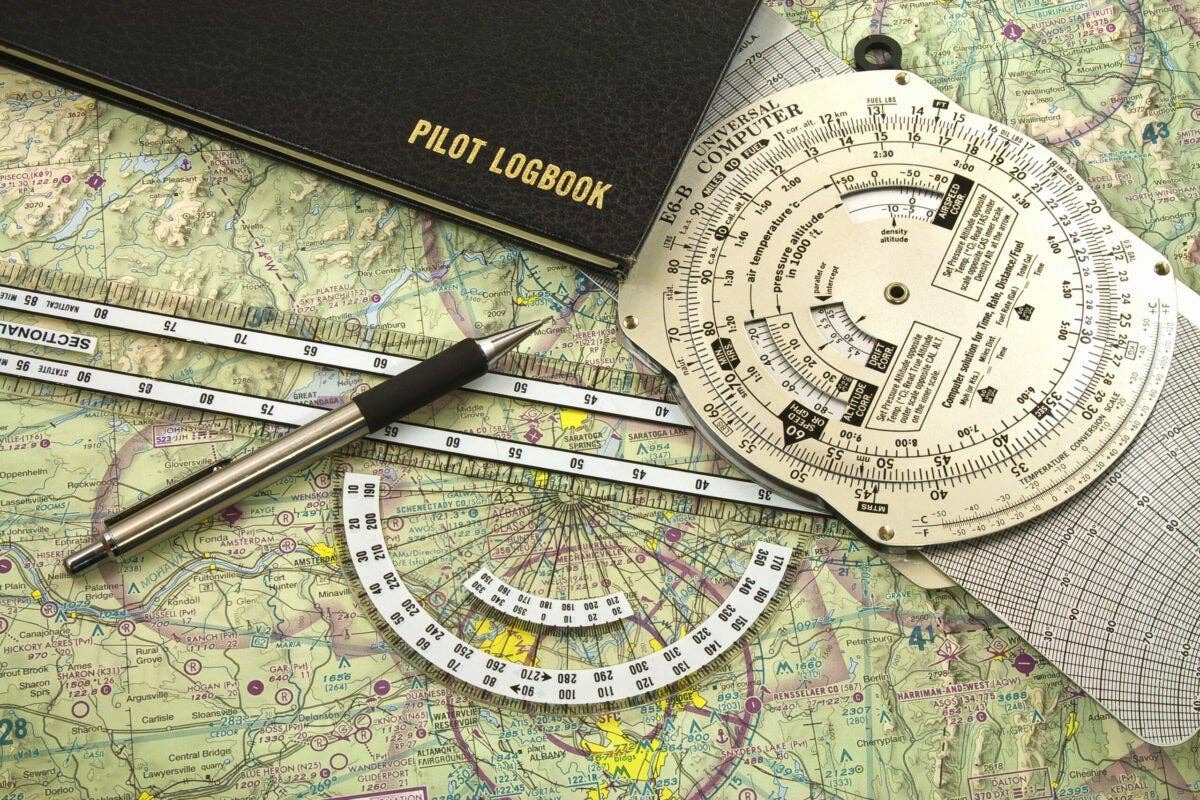
After test deployments in Alaska, the Gulf of Mexico, Louisville and Philadelphia, the FAA announced last week it has approved full deployment of Automatic Dependent Surveillance — Broadcast (ADS-B) technology. The agency reported ADS-B will be fully operational by 2013. Tests of the combination satellite and ground-based hardware proved it would operate in the most extreme environments envisioned, said the FAA. Three hundred of an estimated 800 systems needed for full ADS-B deployment have already been installed. The technology includes remote ground-based sensors in mountainous areas that will ensure effective coverage where more mainstream ADS-B sensors could be blinded by terrain. For aircraft operators, the deadline to equip with ADS-B 'out' technology is 2020, when all aircraft will need the capability to operate in controlled airspace. ADS-B 'in' technology, which remains optional, will afford pilots a "controller's-eye view" of traffic and weather. There is building sentiment among the general aviation community that the FAA should, somehow, offset operators' costs to comply. The rationale is that, with ADS-B 'out' operators will receive little or no benefit from the expensive equipment, but the taxpayers will (ultimately) be relieved of the high costs to maintain radar systems and other elements of the current air traffic control system that ADS-B is meant to replace. (Click here to read Robert Goyer's in-depth August feature, The Ins and Outs of ADS-B, to learn more about ADS-B and what it means to you and the industry)

Sign-up for newsletters & special offers!
Get the latest FLYING stories & special offers delivered directly to your inbox

